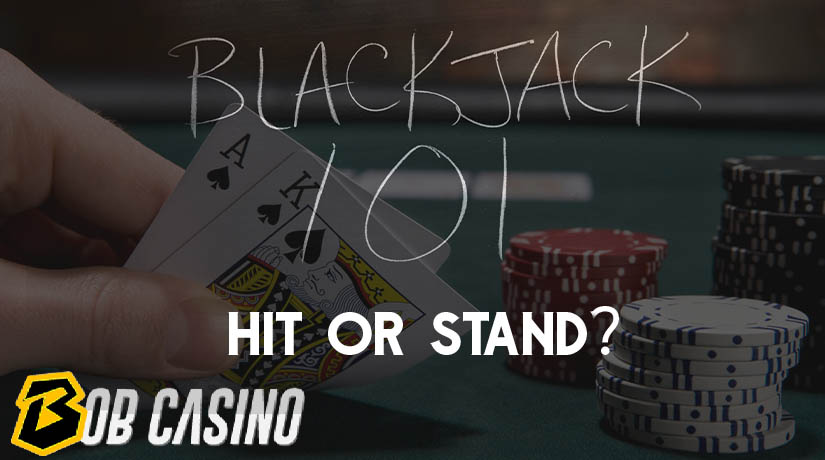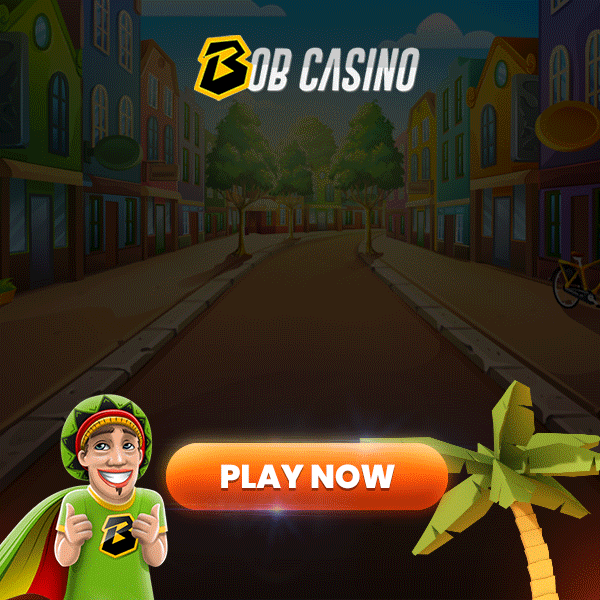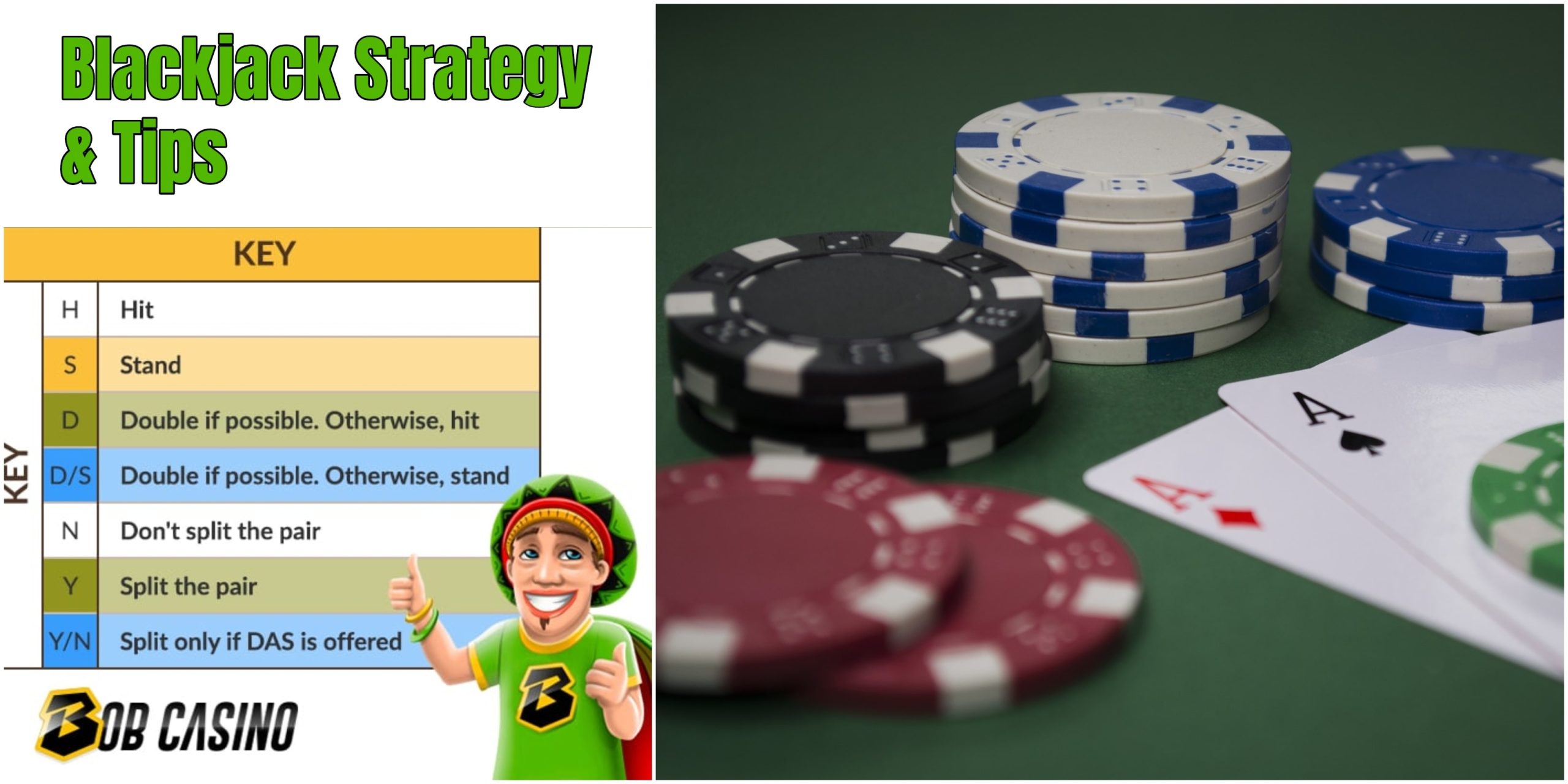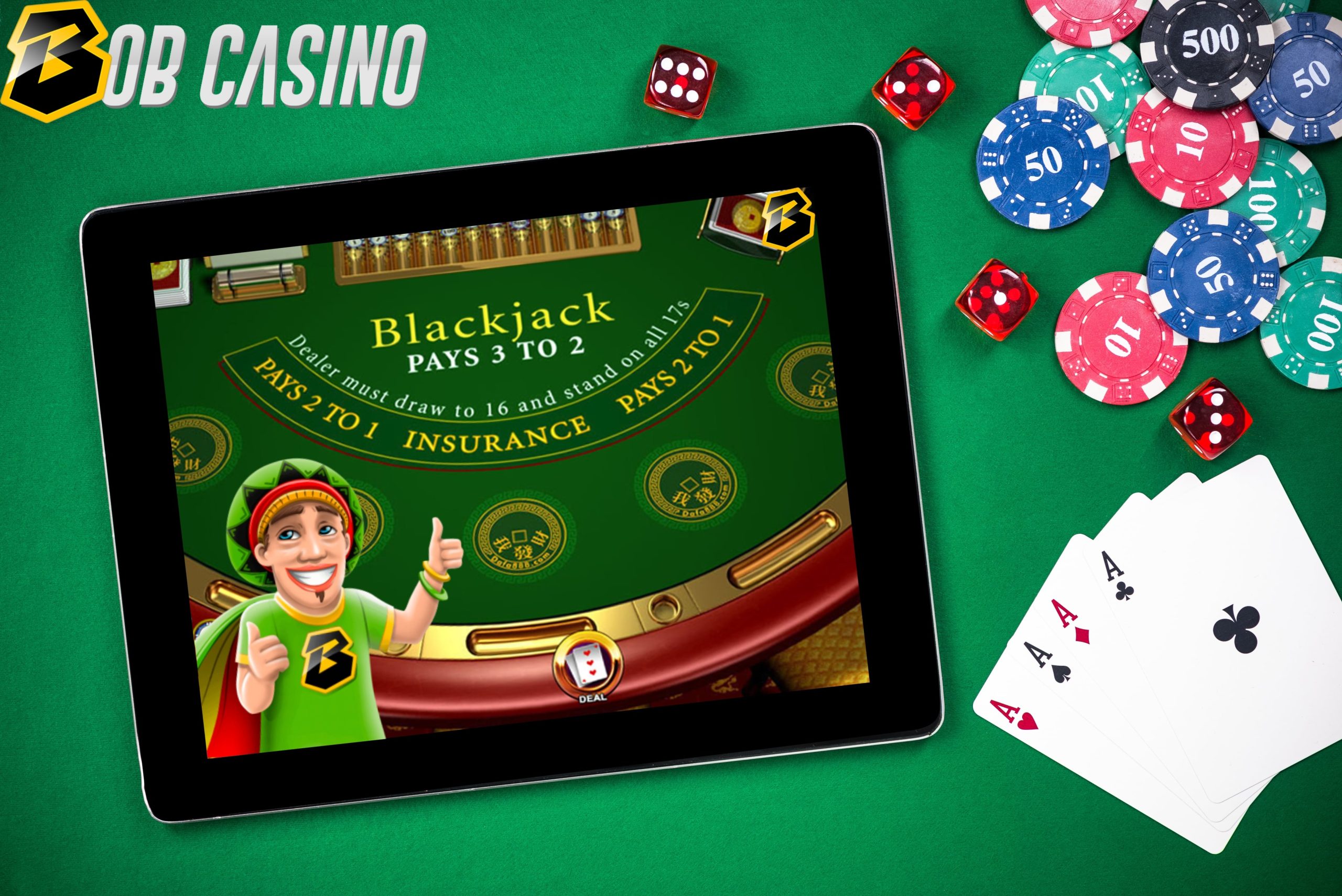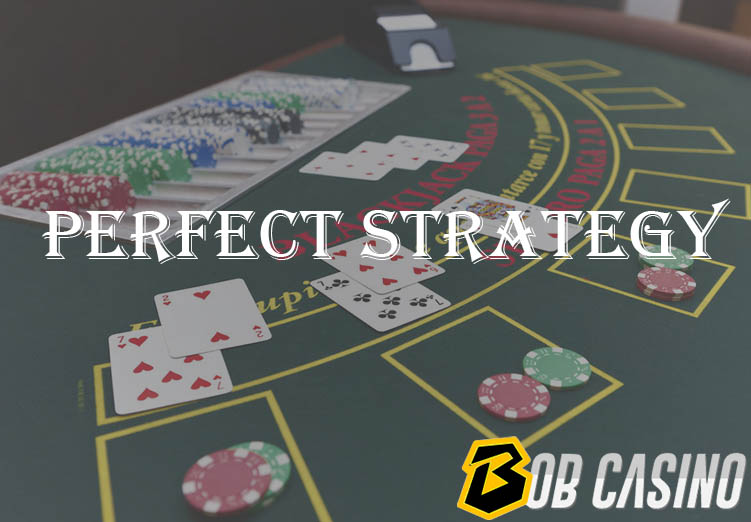 Published: 27.08.2020, 18:46
Published: 27.08.2020, 18:46 5 min read
5 min readWhen playing blackjack at a physical or land-based casino, the most frequent decision you’ll have to make is whether to hit or stand. While you can gain a feel for this over time simply through experience, you can expedite the process by studying up on the best moves to make in any given situation. If you’re ready to win more cash during blackjack games, read our handy guide to learn when to hit and when to stand.
- Blackjack Perfect Strategy: Choose Your Winning Path
- How to Bring Down the Blackjack House Edge By Counting Cards
Master the Basics
Whenever you decide to hit or stay, you must adequately weigh the odds and risks, taking into account all the current circumstances (dealer’s hand and player’s hand), and make your decision with composure.
First Things First
Before we delve into strategies, we want to make sure that you have a firm grasp on the basics of when to hit and when to stand in blackjack. The main premise of blackjack is to get a hand whose total exceeds the dealer’s hand, but without going over 21.
What Does Hit and Stand Mean?
When you hit, this means that you want to draw another card to try to improve your hand’s total. Conversely, when you stand, you are satisfied with your hand’s total and don’t want to draw any more cards. If you signal to the dealer that you want to stand, your hand for the round is completed. If you hit and your hand exceeds 21, you’ve busted, which means that you have lost, as per the blackjack rules.
Hard Hand Explained
We have two important gambling terms for you to memorize before learning strategies: hard hand and soft hand. A hard hand is any hand that doesn’t contain an ace, or in which an ace’s value is only 1. A 10-8 and a 7-A-10 hand are both hard 18s.
Soft Hand Ideology
A soft hand contains an ace that’s counted as an 11. For instance, an A-7 hand is a soft 18. If one of the first two cards you are dealt is an ace, you have a soft hand. This gives you an advantage. The ace has a value of 11, but if you take a hit and go over 21, its value reverts to 1. This eliminates the risk of busting after that hit, thus giving you the freedom to make moves that would normally be risky.
Now that you know the basic definitions, we’ll go through the circumstances in which you should hit or stand. We’ll provide you with the best strategies, as well as blackjack hit/stand tables that you can save for future reference.
Hitting and Standing with a Hard Hand
When playing blackjack with a hard hand, we would recommend the following:
- When you are dealt a total of 5-8, always hit.
- When you are dealt 9, hit if the dealer’s face-up card is 2 or a 7 through ace.
- If you have 10, hit if the dealer shows an ace or a 10.
- If your hand is 11, hit only if the dealer shows an ace.
- For a hand of 12, stand if the dealer shows a 4 through 6. If they show a 2, 3, or a 7 through ace, hit.
- When you have a hand of 13 through 16, stand if the dealer reveals a hand of 2 through 6. Otherwise, hit.
- When you are dealt 17 through 21, you should always stand.
Reference Chart
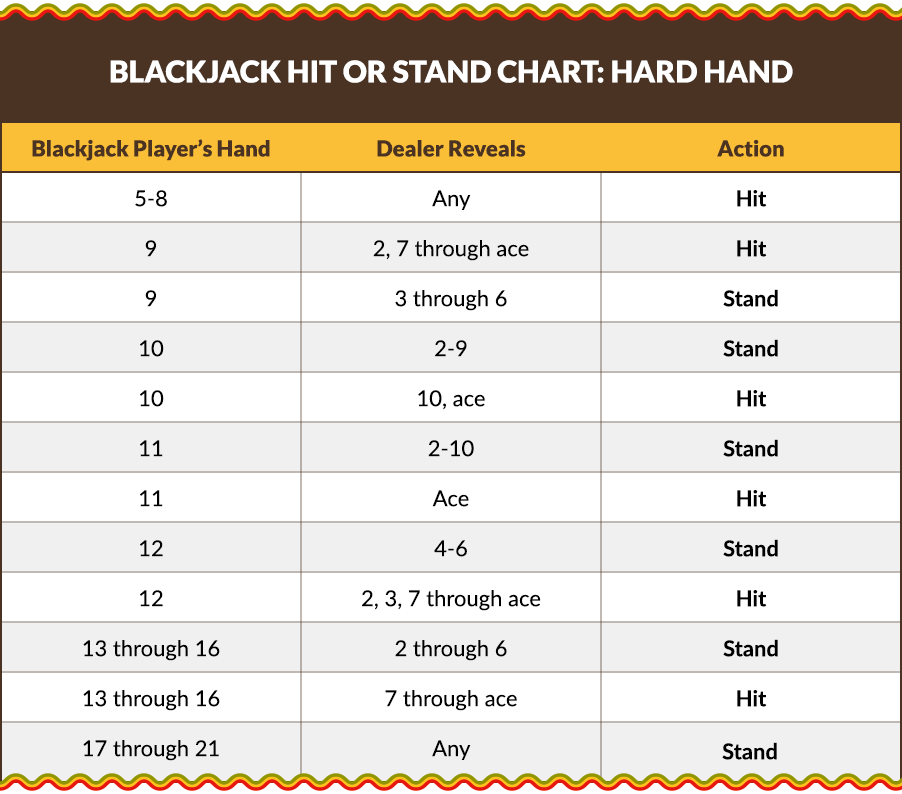
Blackjack hit or stand on a hard hand cheat sheet.
If you’re playing a multi-deck game and you have a hard 11, double down instead of taking a hit.
You’ll need to make some minor tweaks to our strategy, depending on the number of decks and rules you’re playing with. If you’re playing in a double-deck game, don’t hit when you have a 9 and the dealer has 2. If you have an 11 against the dealer’s ace, don’t hit either. In both cases, you should double down.
And lastly, if you’re playing in a single-deck game, double down under the following circumstances:
- You have 8 and the dealer has 5 or 6.
- You have 9 against the dealer’s 2.
- You have 11 and the dealer has an ace.
Hitting and Standing With a Soft Hand
Remember, you can’t bust a soft hand with a one-card hit and you have a good chance to improve your total hand.
Taking that into consideration, our strategy for playing with a soft hand is much simpler than our hard hand strategy. Keep the following moves in mind:
- If you have a soft 19 or 20, you should always stand. You are unlikely to get a stronger hand than this.
- For a soft 18 against the dealer’s 2 through 8, according to strategy charts, you should stand.
- If the dealer shows 9, 10, or an ace, hit. If your total is soft 17 or less, you should always hit in compliance with the blackjack strategy chart.
What Are Your Other Options?
Hitting and standing aren’t the only options available to you in a game of blackjack. The following moves are also possible:
– Split. If you are initially dealt two cards of the same value, you can split your hand. You’ll place an additional wager equivalent to your first one, and then manage two hands rather than 1.
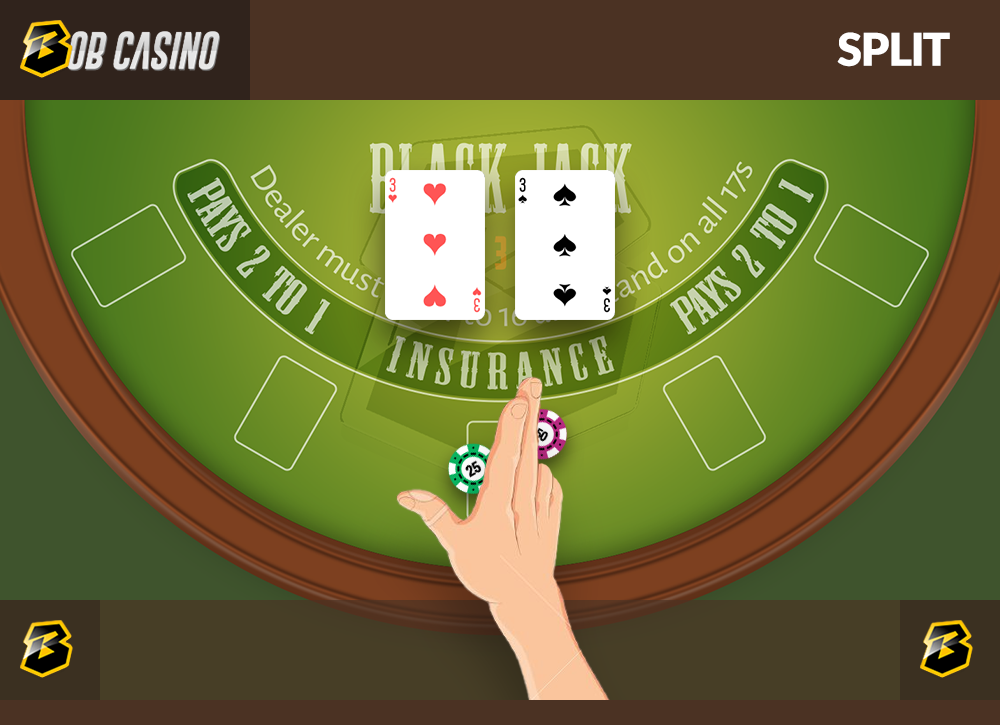
– Double Down. Gamblers can increase their potential profits with this move, but it comes with some inherent risk. To use this move, you must double the size with your bet and then receive one more card. After that, you must stand.
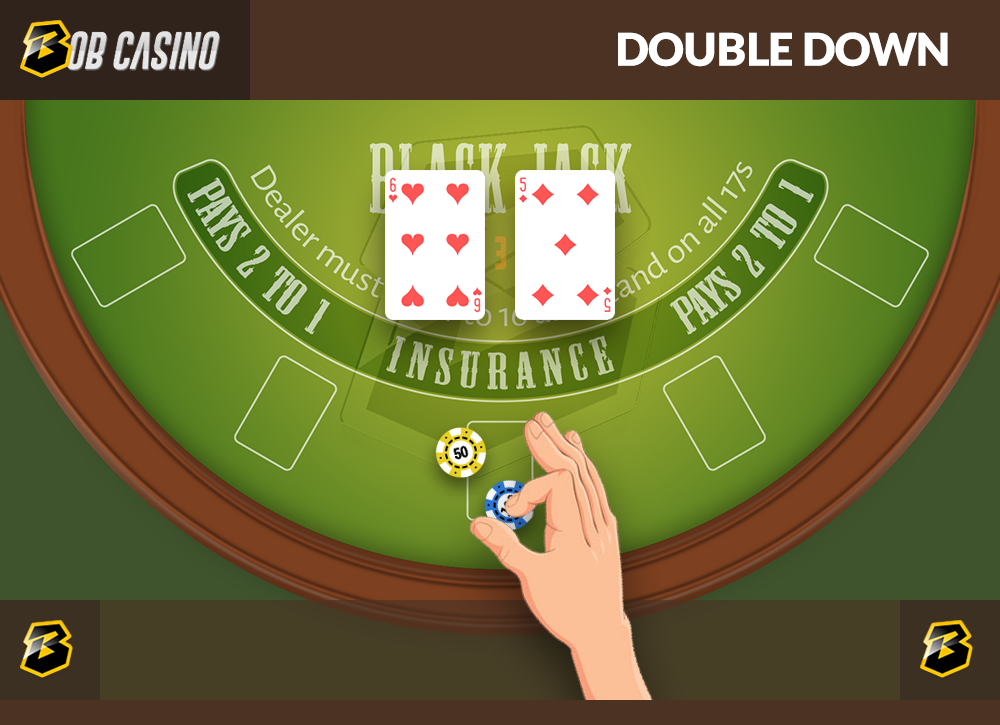
– Surrender. If you are not confident with your chances of winning the round, you have the option to surrender. When you use this move, you will only lose half of your bet.
Where to Play Blackjack Online
Are you ready to put your newfound knowledge to the test? Check out Bob Casino! Our library of online casino games contains numerous varieties of blackjack. You can play for free until you master your hit and stand strategies. When you’re confident in your skills, you can even try your hand at winning real money. Come create an account at Bob Casino today for the ultimate gambling experience.
F.A.Q
To sum up, when do I hit in blackjack?

